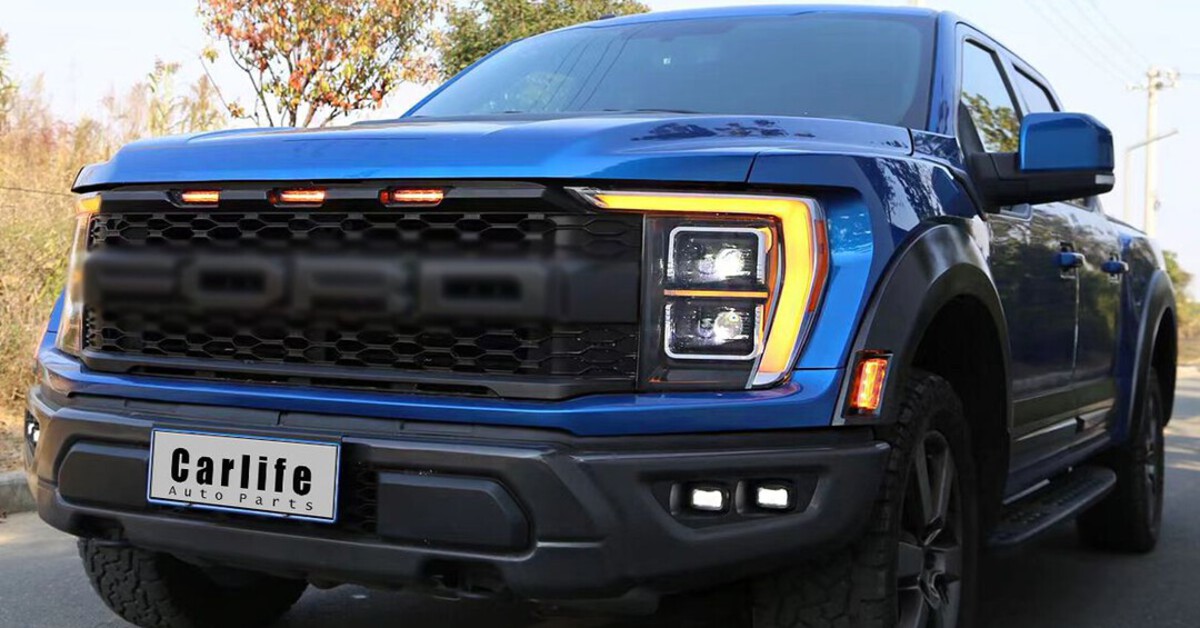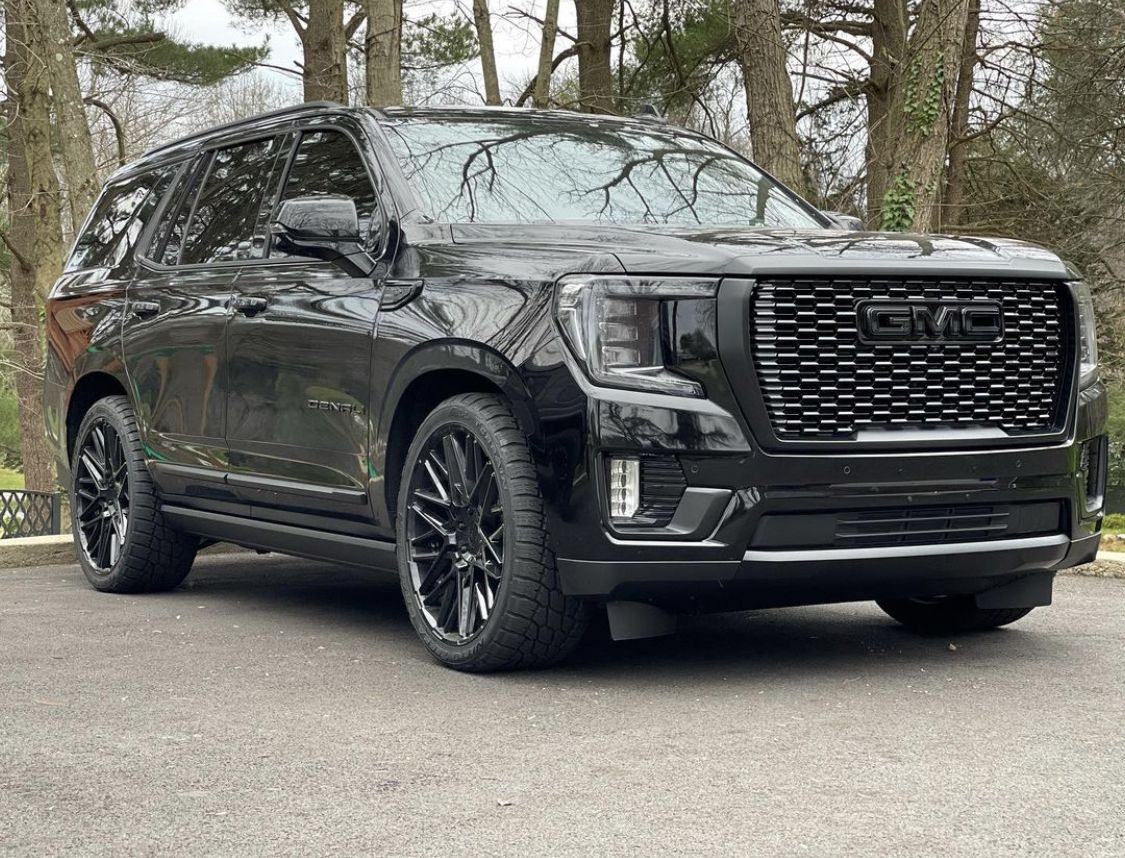Pop the hood, reach for the fuse box, and prepare to be either relieved or utterly confused. As any seasoned grease monkey, weekend tuner, or stranded-by-the-roadside driver will tell you, the design of a car’s fuse-box layout can make or break a fix.
While manufacturers today are pushing the boundaries of automotive tech, some seem to forget the humble fuse box — that little plastic fortress housing the lifelines of every function from power windows to ABS.
For us die-hard car lovers, there’s something sacred about doing our own fixes. But that bond gets tested when the fuse box diagram looks like a circuit board from a spaceship. Ever tried swapping a blown fuse in the rain while deciphering symbols that look like an alien language? That’s not just annoying — it’s unacceptable.
This blog is a tribute to the cars that respect your sanity, giving you a simple, intuitive, old-school map to your electrical kingdom. And yes, we’re also calling out the ones that hide crucial fuses under seats, in glove compartments, or worse — behind impossible symbols that require a PhD in hieroglyphics.
So buckle up. Whether you’re hunting for a user-friendly layout or avoiding a decoding nightmare, this breakdown will fuse (pun intended) your love for DIY fixes with smart vehicle choices.
5 Cars with the Simplest Fuse-Box Layouts
If you’re the kind of driver who likes taking matters into your own hands, these five cars respect your time and logic. They come with straightforward fuse box layouts that are easy to locate, clearly labeled, and often color-coded for instant comprehension.
You won’t need a flashlight, translator, or yoga-level flexibility to reach them. Here are the five models that every DIYer, road-tripper, and “I-got-this” driver will appreciate when the fuse situation gets real.
ALSO READ: 5 Cars With The Most Free Scheduled Maintenance Miles And 5 With None
1. Honda Civic (2016–2021)
When it comes to fuss-free maintenance, the 10th-gen Honda Civic deserves a gold star. Everything about this car screams usability, and that includes its fuse box layout. Pop the hood or check under the dash, and you’re greeted with an easy-to-read diagram, helpful color-coding, and labels in clear English. No codes, no cryptic symbols — just a logical list that makes replacing a fuse feel like child’s play.
Honda positioned the interior fuse box conveniently near the driver’s left footwell, making it accessible even in a cramped garage.

The under-hood fuse box follows the same logic — uncluttered, well-spaced, and protected with a transparent cover that gives you visibility without fiddling. Each fuse and relay is not only labeled on the box but also cross-referenced in the manual with zero ambiguity.
What truly earns the Civic its top-tier status is the consistency across model years. Unlike some automakers that reshuffle layouts every other refresh, Honda keeps the layout user-friendly and consistent. For the DIY crowd, that’s a game-changer.
If you’re looking for a compact sedan that supports your inner fixer, the Civic is your best friend. This is the kind of car where blowing a fuse doesn’t turn into blowing a gasket.
2. Toyota Corolla (2014–2019)
Toyota’s Corolla is known for its bulletproof reliability, but what’s often overlooked is how incredibly accessible it is under the hood, especially when it comes to its fuse boxes. Designed with practicality in mind, the Corolla makes electrical diagnosis straightforward with a diagram that is both intuitive and precise.
Located just beneath the steering wheel and under the hood near the battery, both fuse boxes are well marked. You don’t need a decoder ring or an app to understand them — they are written out in English, labeled with circuit names like “A/C,” “PWR OUTLET,” and “H-LP LOW,” and each fuse is spaced for easy removal with the standard puller clip provided.

Toyota even includes a helpful chart on the lid of the fuse box itself, meaning you don’t need to keep flipping through the owner’s manual like it’s a treasure map. The layout doesn’t change drastically between trims, so whether you’re driving an LE or an XSE, the logic remains the same.
This is what simplicity should look like — practical, accessible, and designed for real-world drivers, not engineers. With the Corolla, replacing a blown fuse is just another item you’ll knock off your to-do list in minutes.
3. Ford F-150 (2015–2020)
The Ford F-150 doesn’t just dominate sales; it also dominates when it comes to smart design, especially under the hood. In true truck fashion, this beast is made for action, and that includes quick, no-nonsense fuse box access.
The primary fuse box is housed in the engine bay on the passenger side and features a lid with a perfectly molded diagram etched in white print. Not only are the fuses and relays logically grouped, but Ford even breaks them down by system category: ignition, fuel pump, trailer tow, etc.

Each circuit is mapped clearly in the owner’s manual, too, with no vague symbols or abbreviations.
There’s also an interior fuse panel located on the right-hand side under the glove box — slightly tighter to reach, but still accessible without contorting yourself into a pretzel. Fuse removal is straightforward, and the design is consistent across years, which makes the learning curve almost zero.
For truck owners who haul gear, tow trailers, or venture far from civilization, this thoughtful layout is essential. No one wants to spend 30 minutes figuring out a blown tail light fuse when you’ve got miles of highway left. Ford’s “Built Tough” slogan also means “Built to be easily fixed.”
4. Mazda3 (2014–2018)
Mazda has always done things a little differently, and the Mazda3 is no exception, especially when it comes to how they handle fuse box layout. The engineers here clearly thought about the end-user, designing both fuse panels (interior and engine bay) to be as intuitive as they are accessible.
Open the panel under the driver’s side dash, and everything is neatly organized with clear labels. There are no hidden compartments or illogical placements. Pop the hood and you’ll find another tidy layout that doesn’t look like spaghetti exploded across a circuit board.

The fuse puller tool is mounted right where you need it, and every fuse is labeled with a diagram directly on the lid.
Even better, Mazda kept their symbols consistent with international standards, so there’s no “guess and check” game. What makes the Mazda3 stand out, though, is the excellent owner’s manual — complete with detailed fuse charts, amp ratings, and even symptoms of failure, so you know which fuse to check first.
It’s all part of Mazda’s commitment to “Jinba Ittai” — harmony between driver and machine. And when your dash lights go dark or your radio cuts out, that harmony is restored easily thanks to this clever layout.
5. Subaru Outback (2015–2019)
Subaru fans rave about AWD capabilities and winter resilience, but fuse box design isn’t usually on the list, though maybe it should be. The Subaru Outback makes DIY electrical fixes a breeze with a layout that’s straightforward, sensible, and ruggedly practical.
You’ll find the main fuse box in the engine compartment near the battery — right where it should be — and the interior panel is below and to the left of the steering wheel.

What makes this setup stand out is the consistency between the label on the cover and the owner’s manual — they match perfectly, which isn’t always the case with other brands.
Subaru also offers a smart legend with component names in full words (not abbreviations), making it easy for even first-time fixers to identify their target. From “Audio/Nav” to “Heater Fan,” everything is listed in plain English.
It’s all laid out logically, not just thrown together. No excessive symbols, no overlapping amperages, and no fishing for hidden panels. The Outback also includes a built-in fuse puller and spares tucked into the fuse box — a thoughtful touch for off-roaders far from help.
For drivers who love going off the beaten path but still like solving their problems, this layout is a trail-tested triumph.
5 Cars with Cryptic Diagrams
Now for the other side of the fuse. These five cars are technical marvels on the outside, but trip you up with baffling, convoluted, and counterintuitive fuse box layouts.
Whether it’s buried behind trim, full of undecipherable symbols, or spread across multiple locations without a unified diagram, these models can turn a 5-minute fix into a half-day headache. Proceed with caution, and maybe keep a flashlight, multimeter, and prayer handy.
ALSO READ: 5 Cars with Quickest Seat-Belt Latches and 5 That Snag
6. BMW 3 Series (F30, 2012–2018)
If there were an award for making something unnecessarily complicated, BMW would win hands down. The F30-generation 3 Series might be a driving dream, but its fuse layout? A waking nightmare.
Instead of a single, centralized panel, the fuses are scattered across multiple locations — behind the glovebox, under the trunk floor, and sometimes even beneath the passenger seat. Want to replace a fuse? Better have Torx screwdrivers ready because some compartments aren’t even tool-free.

Worse still, the diagrams rely heavily on symbols that aren’t universally intuitive. A fuel pump fuse might be represented by an odd squiggle with no English translation. The owner’s manual doesn’t offer much clarity either, often listing fuse numbers without a direct correlation to the physical layout.
Even if you locate the correct fuse, extracting it can be a chore, thanks to tight clearances and missing pullers. It feels like BMW’s engineers thought, “If they want to fix something, they better really want it.”
This is a car that begs you to leave everything to a dealership. For DIYers, the cryptic fuse map is a punishment for daring to fix something yourself. Luxury should never come with this much headache.
7. Mercedes-Benz C-Class (W205, 2015–2021)
Step into a Mercedes C-Class, and you’ll find craftsmanship, comfort, and…confusion, especially when it comes to its fuse box diagrams. The W205 generation is notorious among DIYers for being overly complex in this regard. You’d expect German precision, but here, that precision translates into a maddeningly intricate maze of hidden panels and vague symbols.
First, the fuse boxes: one’s in the trunk under the carpet, another’s under the hood near the right fender, and there’s a third beneath the dashboard on the driver’s side. But wait — finding the actual fuses that control basic functions like power windows or the stereo?

That’ll require cross-referencing multiple pages in the manual, and even then, you’re not guaranteed clarity.
Mercedes often uses iconography that resembles abstract art — triangles inside circles, jagged waves, or boxes within boxes. It’s like deciphering Da Vinci’s code while your taillight is out.
To make things worse, fuse labeling may differ slightly between trim levels, which means a C300 and an AMG C43 might have fuse numbers that don’t match, even though they’re part of the same generation.
In short, the fuse system seems engineered to deter DIY maintenance. As one enthusiast forum user put it: “Mercedes doesn’t want you poking around in there — and it shows.”
8. Audi A4 (B8, 2009–2016)
You’d think that a brand as tech-savvy as Audi would nail fuse-box accessibility. Think again. The B8-generation Audi A4 delivers sleek German performance but hides its electrical heart like it’s storing state secrets.
There are three main fuse boxes — one in the engine bay, one at the left side of the dashboard (behind a trim panel you need to pry open), and one in the trunk. Locating the right one requires detective-level deduction.
The diagrams? Let’s just say Audi doesn’t believe in helpful visuals. The fuse map in the owner’s manual is overly reliant on alphanumeric codes like “SC14” or “SB6,” which aren’t marked on the actual fuse panels.

So you’re stuck comparing layouts with a vague chart and hoping you’ve interpreted it correctly.
Even worse, some functions share fuses, which isn’t clearly stated. You might pull a fuse labeled for “Multimedia,” only to disable your parking sensors or climate control. Oh, and the fuse puller? Good luck finding one — it’s often missing entirely.
Working on an Audi A4’s fuse system requires patience, precision, and a healthy sense of humor. For those not born with an engineer’s brain, this setup turns a simple swap into a wild goose chase.
9. Chevrolet Cruze (2011–2016)
Chevy’s Cruze is a competent compact car… until you open the fuse box. Then it all goes sideways. While this model was designed to be practical and budget-friendly, the fuse box layout is anything but intuitive.
You’ve got your under-hood box, and one awkwardly tucked into the driver’s side instrument panel — hard to reach, especially for anyone taller than 5’6”. But what really irks is the inconsistent labeling.

The diagrams are printed in tiny, faded text on the box cover and often use abbreviations that aren’t explained anywhere — “RR FOG,” “DLIS,” or “HTD ST.” You’re left wondering, is this the rear fog lamp or a rocket launcher?
The owner’s manual tries to help, but even it falls short. There are mismatches between the chart and the actual fuse layout, and the amperage listed doesn’t always align with what you see physically. That means second-guessing every step or testing each fuse manually — not ideal when your A/C dies in summer traffic.
For a car marketed to first-time owners and commuters, this cryptic layout feels like a betrayal. Swapping a fuse should not require a magnifying glass, flashlight, and glossary. But with the Cruze, even simple fixes become mental marathons.
10. Mini Cooper (2010–2015)
The Mini Cooper is the definition of “quirky,” and nowhere is that more evident than under its various panels — especially when you’re tracking down a blown fuse. With its tight packaging and eccentric design choices, this car takes the “DIY challenge” to another level.
For starters, the fuse boxes are hidden in puzzling places. The primary one is under the dashboard on the passenger side — behind a trim panel that requires a screwdriver, ninja flexibility, and a deep breath. Another is tucked near the engine compartment firewall, and locating it the first time feels like a scavenger hunt.

But the real headache is the diagram. The legend isn’t on the fuse box — it’s buried deep in the manual and uses unlabeled icons and European electrical shorthand. Think lightning bolts, squiggly lines, and half-circles with dots. If you’re not an electrician or Mini expert, good luck deciphering it.
Even worse, some components share fuses, and a single failure could impact unrelated systems. Blown radio fuse? That might kill your interior lights, too — enjoy that bonus mystery.
It’s ironic — the Mini’s design is playful and retro, but its fuse layout is all modern madness. You can forgive the tight cabin and odd storage, but not the fuse-box frustration. This is a car that punishes the hands-on enthusiast.
Whether you’re a gearhead who thrives on self-repairs or just someone trying to fix their power windows before a long drive, the fuse box is your gateway to restoring function. And as we’ve seen, that gateway can either be a welcome mat or a brick wall.
The five user-friendly models — Honda Civic, Toyota Corolla, Ford F-150, Mazda3, and Subaru Outback — treat their fuse boxes as tools meant to serve, not confuse. They offer clearly labeled diagrams, smart placement, and consistent logic that empowers car owners to take control of their machines.
On the flip side, the likes of the BMW 3 Series, Mercedes-Benz C-Class, Audi A4, Chevy Cruze, and Mini Cooper bury their fuse boxes in obscure places and wrap them in mystery, leaving even seasoned tinkerers scratching their heads. Whether it’s because of symbols, location, or a manual written like a spy dossier, these cars discourage the very idea of self-reliance.
Ultimately, cars are complex, but fixing a fuse shouldn’t be. If manufacturers want to build true loyalty, they should start by designing systems that trust the user’s hands and brains. Because at the end of the day, real driving enthusiasts don’t just want to drive — they want to understand, fix, and connect with their machines.

